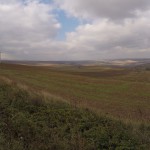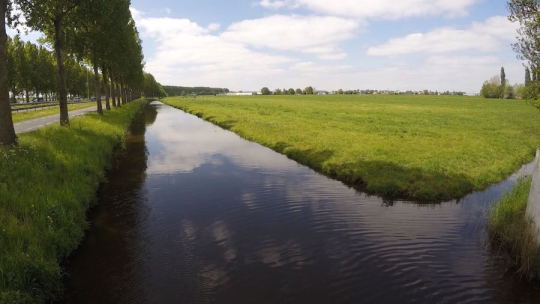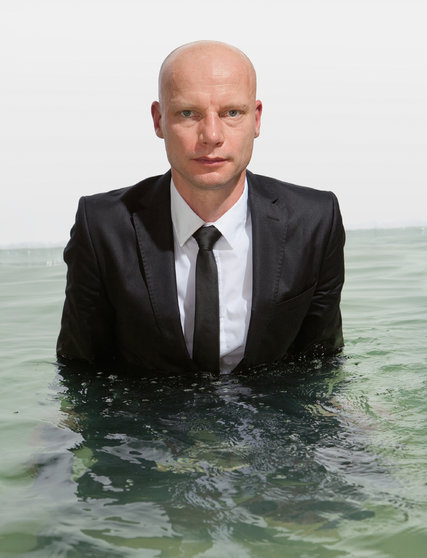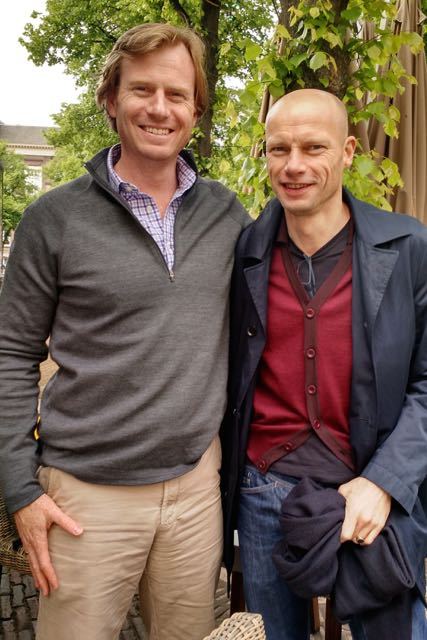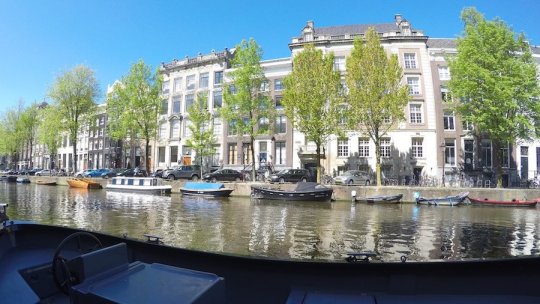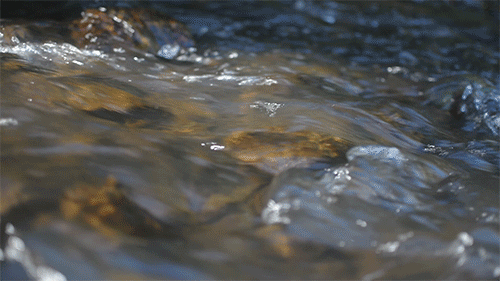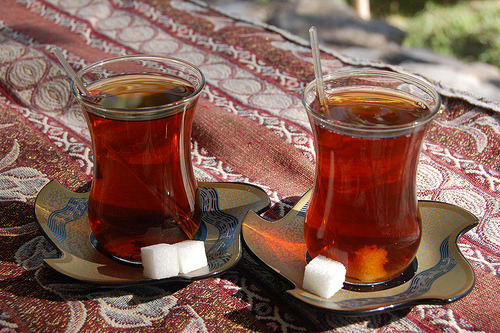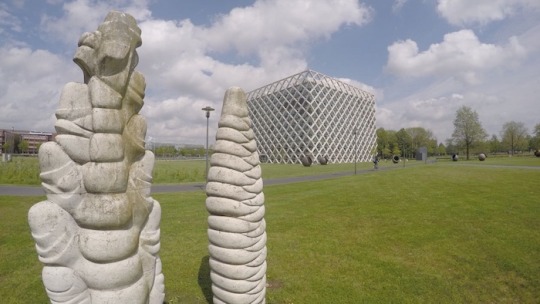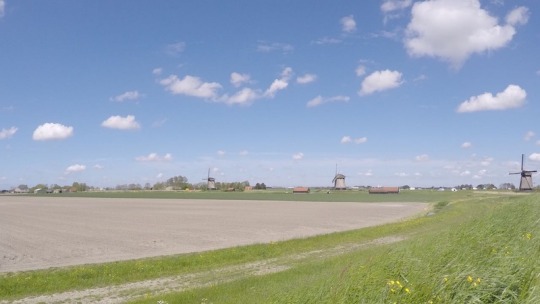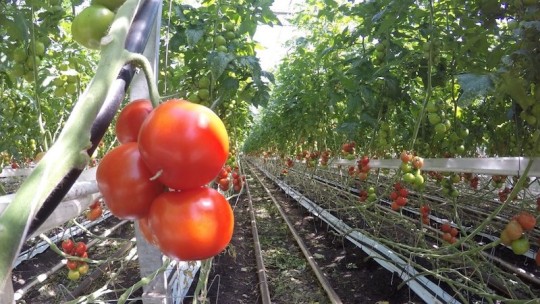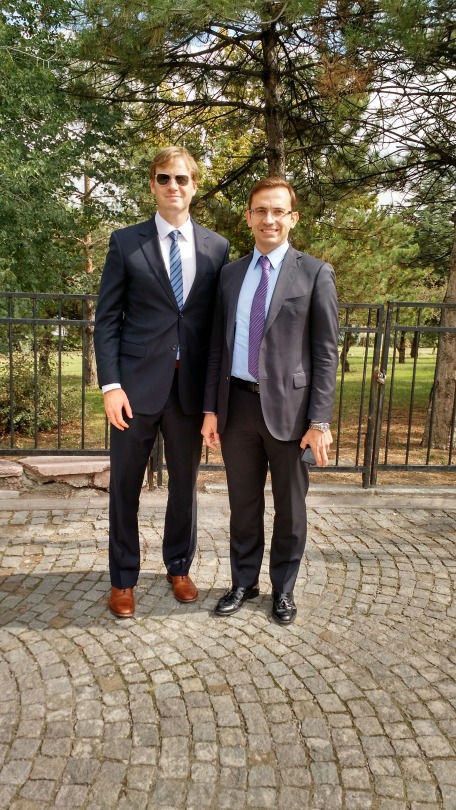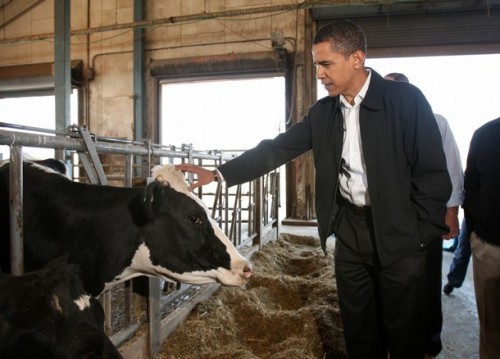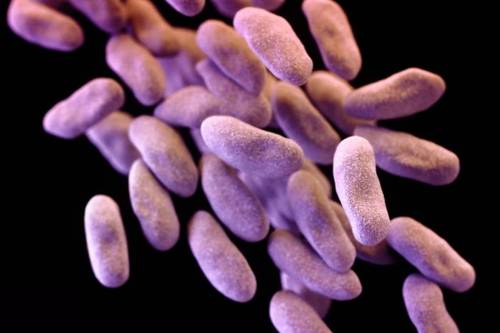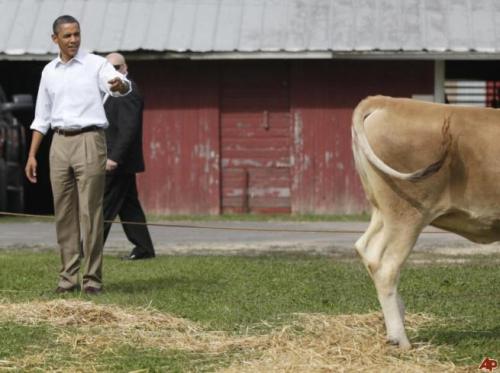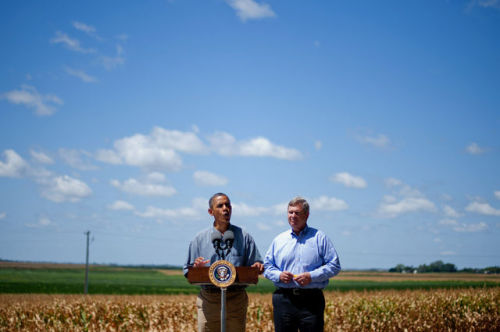BEHIND THE HORIZON: think global, act local
– by Dr. Bastiaan Meerburg – Wageningen UR – original content
Our human population is growing and expected to reach 9.7 billion inhabitants in 2050. All of them need sufficient food of good quality. This puzzles me. How are we able to feed all those people with only one earth that we have available? How can we prevent famine, but also prevent the loss of natural resources at the same time? I think today those questions matter a lot. What would be the best? Agricultural intensification on the agricultural acreage that already is present? Which means going for high yields while at the same time accepting that the natural value of this acreage is limited? Or should we lower the output on the current agricultural acreage, creating more natural value there, but on the same time accept that more tropical forest is converted into agricultural land?
Think global, act local
In Europe, in 1988 a set aside scheme was introduced by the European Union to help reduce the large and costly surpluses produced in Europe under the guaranteed price system of the Common Agricultural Policy (CAP) with as one of the main goals to deliver a number of environmental benefits to damaged agricultural ecosystems. This scheme was abolished in 2008, because of the soaring cereal prices. Earlier, in the United States of America, a more or less similar kind of scheme (not used since the late 1970s) existed.
Currently, greening of the CAP is one of the main goals of the European Union. Farmers must designate a percentage of their acreage (7% of their arable land) as ecological focus areas (acreage that is fallow or contains landscape features, buffer strips or forest). Although this seems fairly reasonable, in fact a significant policy choice is made here, and I wonder whether this has been taken into account by politicians.
Many studies mention positive effects of set aside land on the local biodiversity (e.g. Henderson and others 2000; Herzon and others 2011; Kovács-Hostyánszki and others 2011) and cropland with restored ecosystem services is often seen as the solution serving a broad portfolio of ecosystem services (Foley and others 2005), see Figure 1.
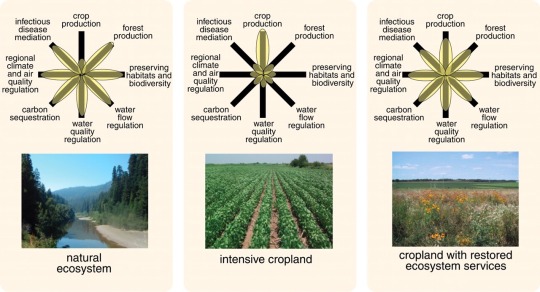
Figure 1: Conceptual framework for comparing land use and trade-offs of ecosystem services. The provisioning of multiple ecosystem services under different land-use regimes can be illustrated with these simple “flower” diagrams, in which the condition of each ecosystem service is indicated along each axis (Foley and others 2005).
Of course, this can be true at the local scale, but what does set aside land mean for the global biodiversity? To my knowledge this relation has not yet properly been investigated. We however know that the most important form of land conversion is an expansion of crop and pastoral land in natural ecosystems (Lambin and Meyfroidt 2011). During the 1980–2000 period, more than half of the new agricultural land across the tropics came at the expense of intact forests, and another 28% came from disturbed forests (Gibbs and others 2010). Together, croplands and pastures have become one of the largest terrestrial biomes on the planet, rivaling forest cover in extent and occupying ∼40% of the land surface. In 2012, about 4.92 billion ha globally was used for agriculture, of which about 70% was used for livestock production, mainly for pasture and production of feed crops (FAOSTAT). Global land-use for crop production is about 1.56 billion ha. Assuming 9.7 billion people in 2050, then about 0.16 ha of cropland is available per person.
In the past, changing land-use practices have enabled world grain harvest to more than triple in the past five decades, now exceeding 2.7 billion tons per year (Figure 2).
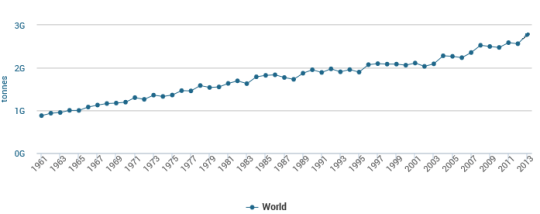
Figure 2: Development of the total global cereal production 1961-2013. Source: FAOSTAT.
Much of this increase can be attributed to a ~10% increase in world cropland area (FAOSTAT), but most of these production gains resulted from the use of “Green Revolution” technologies, including high-yielding cultivars, application of chemical fertilizers and pesticides, and further mechanization and irrigation. Although it can be expected that introduction of new technologies may be capable to keep up the pace with the reducing availability of land because of the introduction of set a side schemes, it means that additional efforts should be made to introduce technologies that one hand increase the productivity while at the same time prevent negative side effects such as soil erosion. And besides increasing production, a better focus on prevention of pre- and postharvest losses might also prove useful to provide the global population with sufficient food. In India, for example, it has been reported that 6-9% of the paddy rice in storage is consumed by rodents. If worldwide post-harvest losses by rodents were reduced by 5%, about 280 million undernourished people could additionally benefit (Meerburg and others 2009). So also there, substantial gains can be made.
But now let’s focus again on agricultural acreage and biodiversity. Displacement of land use from a place occurs when there is a migration of activities to another place, therefore causing land change in the other locality is called leakage (Lambin and Meyfroidt 2011). The adoption of a set aside policy in the EU might trigger strong cross-border leakages and increase pressure on land use elsewhere. There is strong evidence of such cross-border leakages: between 1990 and 2004, developed countries that enacted conservation set aside policies increased their cereal imports per capita by 42.2% compared with an average 3.5% increase for countries that did not enact such policies (Rudel and others 2009). Because of such increased demands, the need to increase agricultural production in countries with many natural ecosystems may lead to degradation of the latter, with potentially huge effects on biodiversity.
But what to do? The set aside policy of the European Union can thus be effective for local biodiversity, but might cause new and more severe problems elsewhere. Generally, I guess that politicians have the general goal to do good in mind, but they cannot oversee the consequences of their actions thus causing more trouble. Or: what happens behind the horizon, stays behind the horizon.
Only in a minority of cases (as happened with the production of biofuels, when a lot of farmers suddenly switched from the production of food and feedstuffs to biofuels and global food prices soared sky-high) a defined policy is changed again. But I wonder whether a gradual change of land use elsewhere might trigger such action, as food and feed prices will be less affected in this particular case. And consequently: the effect on biodiversity may be large. This leads to a question that seems awkward: What is more important: presence of a farm bird in Holland or a monkey in the rain forest in Brazil? Personally, I don’t know.
This trade-off between local and global biodiversity is not the only challenge that should be better looked into by scientists in the near future. Changes in biodiversity and use of agricultural land can be the result of many changes in atmospheric carbon dioxide, climate, vegetation and the known sensitivity of such systems to these changes (Sala and others 2000). This makes life very complex, but in order to make good policy decisions it is essential that scientists provide policy makers and politicians with accurate information. Only by doing so we may finally come to a situation where we truly think global and act local and look behind our own horizon.
Literature:
Foley JA, DeFries R, Asner GP, Barford C, Bonan G, Carpenter SR, Chapin FS, Coe MT, Daily GC, Gibbs HK et al. . 2005. Global Consequences of Land Use. Science 309(5734):570-574.
Gibbs HK, Ruesch AS, Achard F, Clayton MK, Holmgren P, Ramankutty N, Foley JA. 2010. Tropical forests were the primary sources of new agricultural land in the 1980s and 1990s. Proceedings of the National Academy of Sciences 107(38):16732-16737.
Henderson IG, Vickery JA, Fuller RJ. 2000. Summer bird abundance and distribution on set-aside fields on intensive arable farms in England. Ecography 23(1):50-59.
Herzon I, Ekroos J, Rintala J, Tiainen J, Seimola T, Vepsäläinen V. 2011. Importance of set-aside for breeding birds of open farmland in Finland. Agriculture, Ecosystems & Environment 143(1):3-7.
Kovács-Hostyánszki A, Kőrösi Á, Orci KM, Batáry P, Báldi A. 2011. Set-aside promotes insect and plant diversity in a Central European country. Agriculture, Ecosystems & Environment 141(3–4):296-301.
Lambin EF, Meyfroidt P. 2011. Global land use change, economic globalization, and the looming land scarcity. Proceedings of the National Academy of Sciences 108(9):3465-3472.
Meerburg BG, Singleton GR, Leirs H. 2009. The Year of the Rat ends—time to fight hunger! Pest Management Science 65(4):351-352.
Rudel TK, Schneider L, Uriarte M, Turner BL, DeFries R, Lawrence D, Geoghegan J, Hecht S, Ickowitz A, Lambin EF et al. . 2009. Agricultural intensification and changes in cultivated areas, 1970–2005. Proceedings of the National Academy of Sciences 106(49):20675-20680.
Sala OE, Stuart Chapin F, III, Armesto JJ, Berlow E, Bloomfield J, Dirzo R, Huber-Sanwald E, Huenneke LF, Jackson RB et al. . 2000. Global Biodiversity Scenarios for the Year 2100. Science 287(5459):1770-1774.

